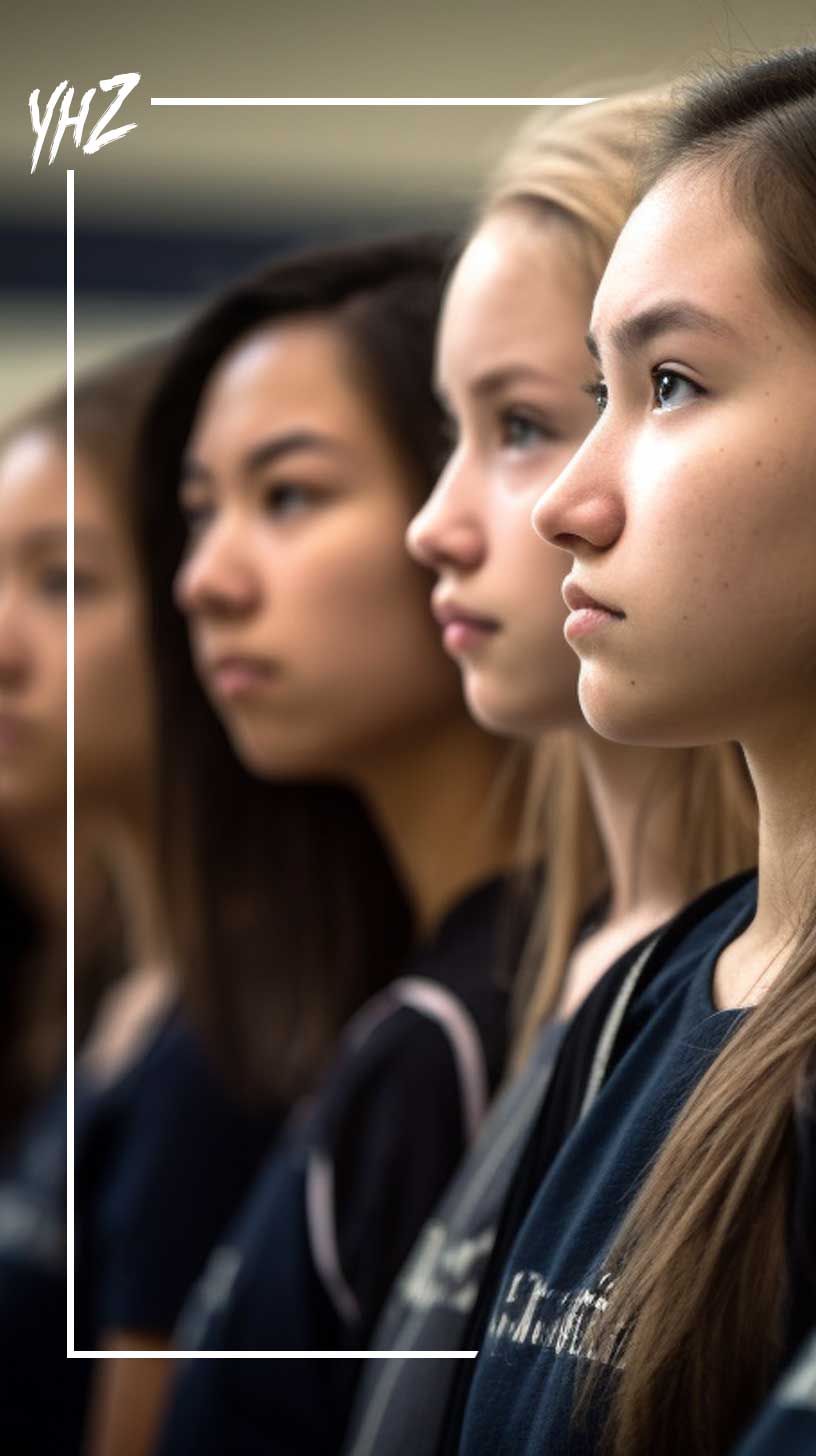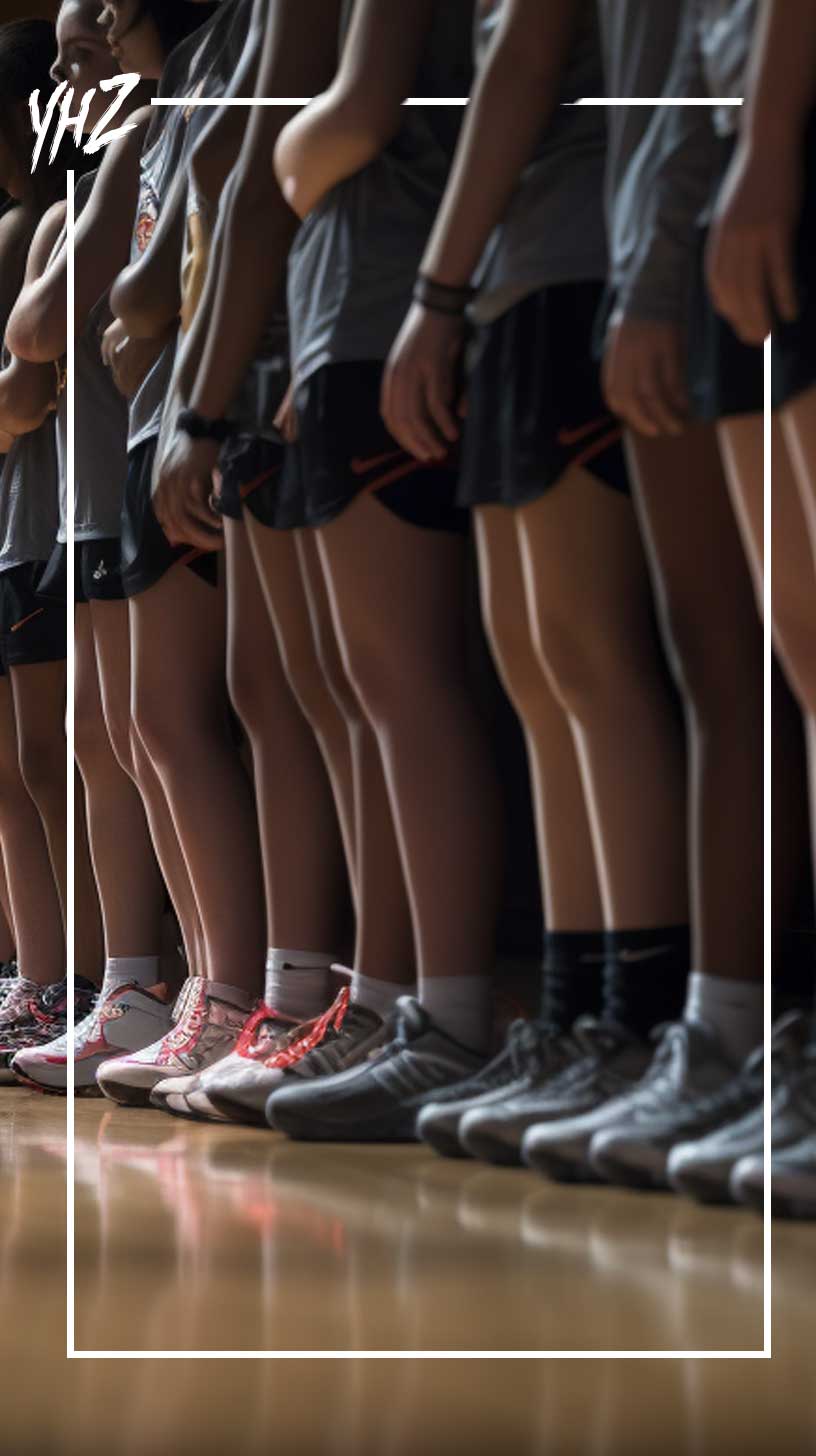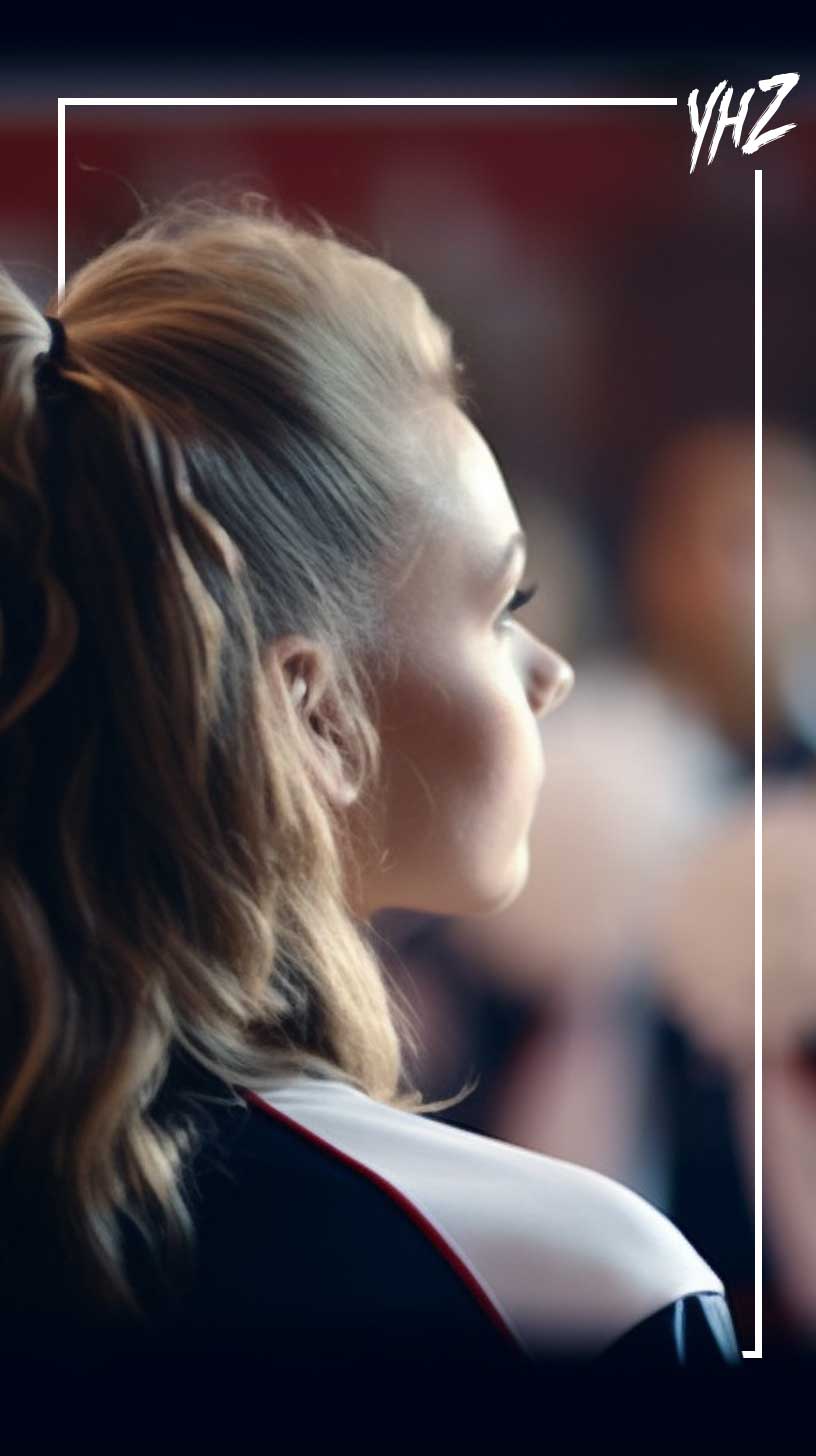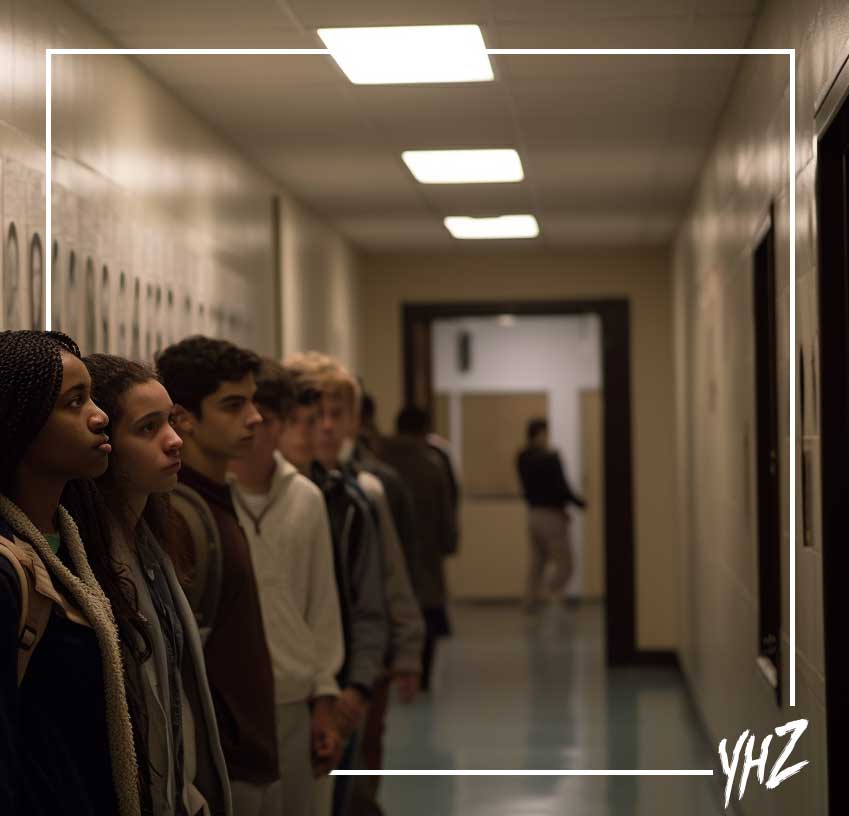By Steve Pawlyk
Published March 20, 2024
Preparing for college cheer tryouts, especially for a coed team, can be both an exciting and daunting experience. If you’re in a similar situation as the one shared by a user on the r/cheerleading subreddit—having experience primarily in basing and back-spotting, with no tumbling skills—fret not! There are steps you can take to enhance your chances of making the team, even at a competitive school like UCF. Here’s a comprehensive guide to help you navigate through this challenge and turn your dream into reality.
Understand the Team’s Requirements
Before you dive into preparations, it’s crucial to understand what the coed cheer team at your desired college looks for in its athletes. Coed teams often require a different set of skills compared to all-female teams, including stunting with male bases and potentially different tumbling and jump requirements. Reach out to the team’s coach or current members for specific tryout requirements and tailor your preparation accordingly.
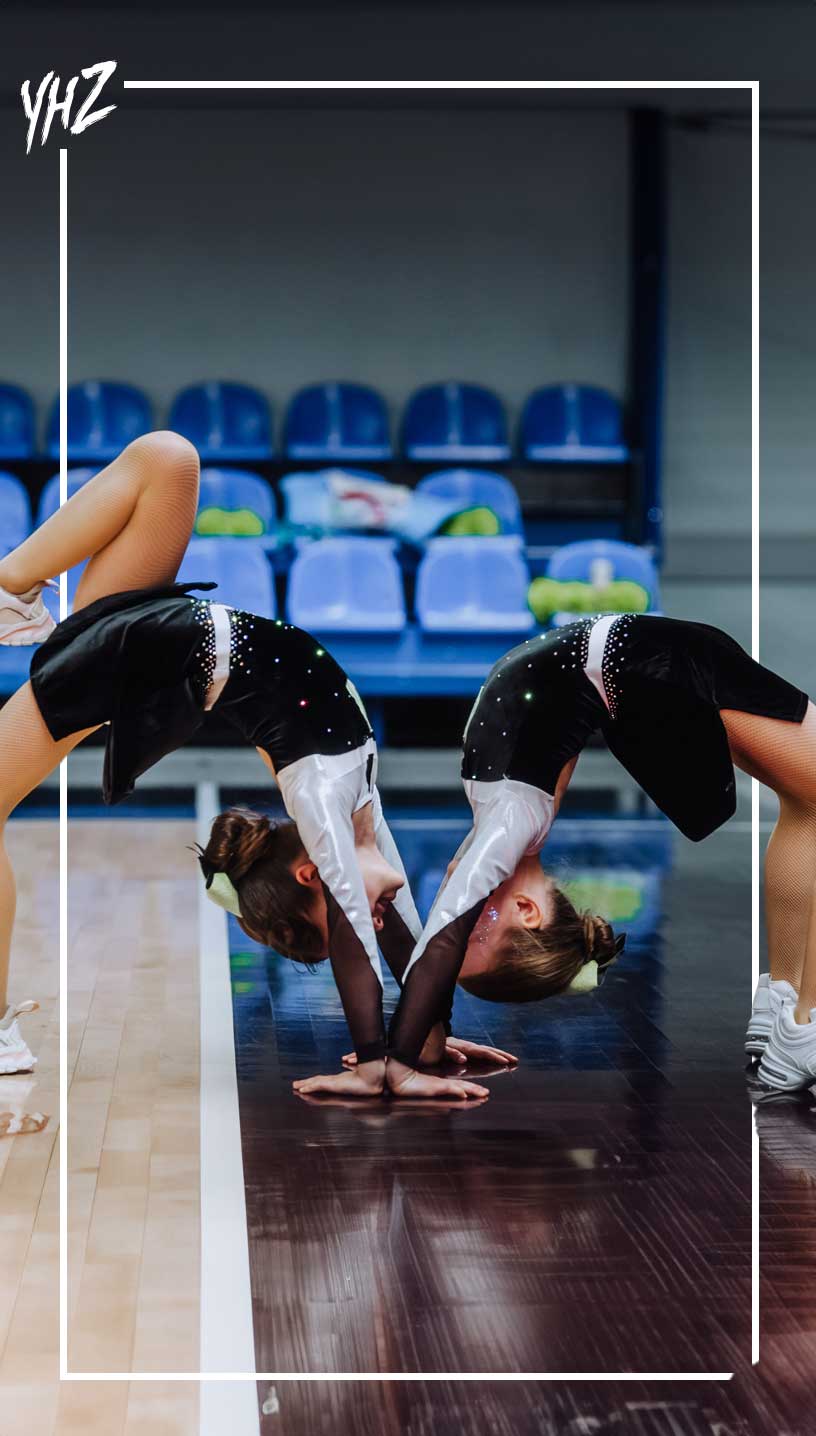
Focus on Your Strengths and Improve Weaknesses
Emphasize Basing and Back Spotting Skills: Given your experience in basing and back-spotting, continue to hone these skills. Coed cheerleading places a significant emphasis on stunts, and having strong basing skills can be a substantial advantage.
Develop Tumbling Skills: While you mentioned having no tumbling skills, it’s never too late to start. Begin with basic tumbling classes and gradually progress to more complex skills. Many cheerleading gyms offer classes specifically for beginners or those looking to improve their tumbling. Remember, consistency and practice are key.
Cross-Training and Fitness
Enhance Your Physical Fitness: Coed cheerleading can be physically demanding. Engage in a fitness regime that includes strength training, flexibility exercises, and cardio. This will not only improve your overall fitness but also help with stunts and reduce the risk of injury.
Cross-Training: Participate in other sports or fitness activities that can complement your cheerleading skills. Activities like gymnastics, dance, or even yoga can improve your flexibility, body awareness, and performance quality.
Seek Feedback and Practice Relentlessly
Practice With Others: If possible, find a local cheer team or group you can practice with. This will provide you with the opportunity to work on stunting and tumbling in a supportive environment and receive feedback.
Record Yourself: Recording your practice sessions can be incredibly beneficial. It allows you to visually critique your form and progress, giving you a clear direction on what to work on next.
Enhance Your Cheer Tryouts with Customized Tryout Music
A crucial yet often overlooked element in orchestrating successful cheer tryouts is the selection of the right cheer music. Properly chosen music does more than just play in the background; it sets the stage for a high-energy, cohesive tryout experience. At IPP Music, we understand the unique needs of cheer tryouts, which is why we offer Customized Tryout Mixes designed specifically for this purpose. These aren’t your ordinary cheer mixes; they all come with the option to integrate your team’s name through a voiceover included, adding a personalized flair that can significantly lift the spirits and foster unity among tryout participants.
Implementing a high-quality, dynamic Tryout Mix can closely mimic the competitive cheerleading atmosphere, enabling coaches and gym owners to evaluate candidates in a setting that mirrors actual performances. This approach is particularly beneficial for fine-tuning jumps, tumbling sequences, and stunt routines.
Mental Preparation
Stay Positive: Confidence and a positive attitude can greatly impact your performance. Visualize your success, and don’t let setbacks discourage you. Remember, every athlete has areas they can improve on.
Prepare for Tryouts: Familiarize yourself with the tryout process. This may include learning specific cheers, dances, or routines required for the audition. Practice these elements until you feel confident.
Explore Alternative Options
Consider the Club Team: You’ve already mentioned the option of joining the club team if you don’t make the coed team. This is an excellent opportunity to continue cheering while working on your skills. Club teams often offer a competitive environment that can prepare you for future tryouts.
Look for Workshops and Camps: Attend cheerleading camps or workshops. These can provide you with intensive training and expose you to higher levels of cheerleading, potentially offering feedback from experienced coaches.
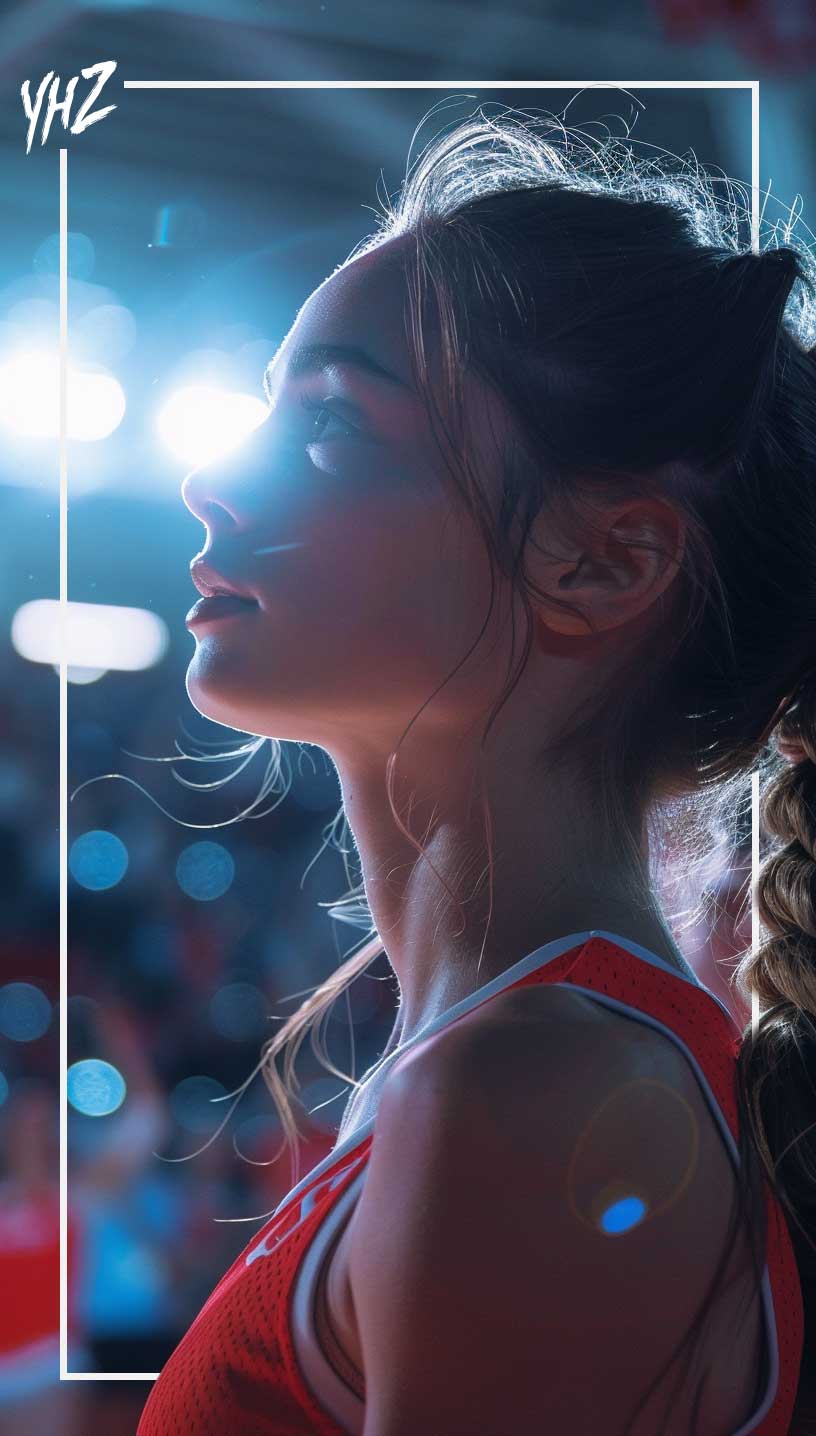
Making a coed cheer team, especially at a prestigious college like UCF, is a challenge that requires dedication, hard work, and a strategic approach. By focusing on your strengths, diligently working on your weaknesses, and maintaining a positive mindset, you can significantly improve your chances of success. Remember, the journey to becoming a college cheerleader is as rewarding as the destination. Good luck!
IPP's Premade Mixes are USA Cheer Compliant and customizable! Add Sound FX, swap songs, & more! Add your Team Name to the mix for only $10!














